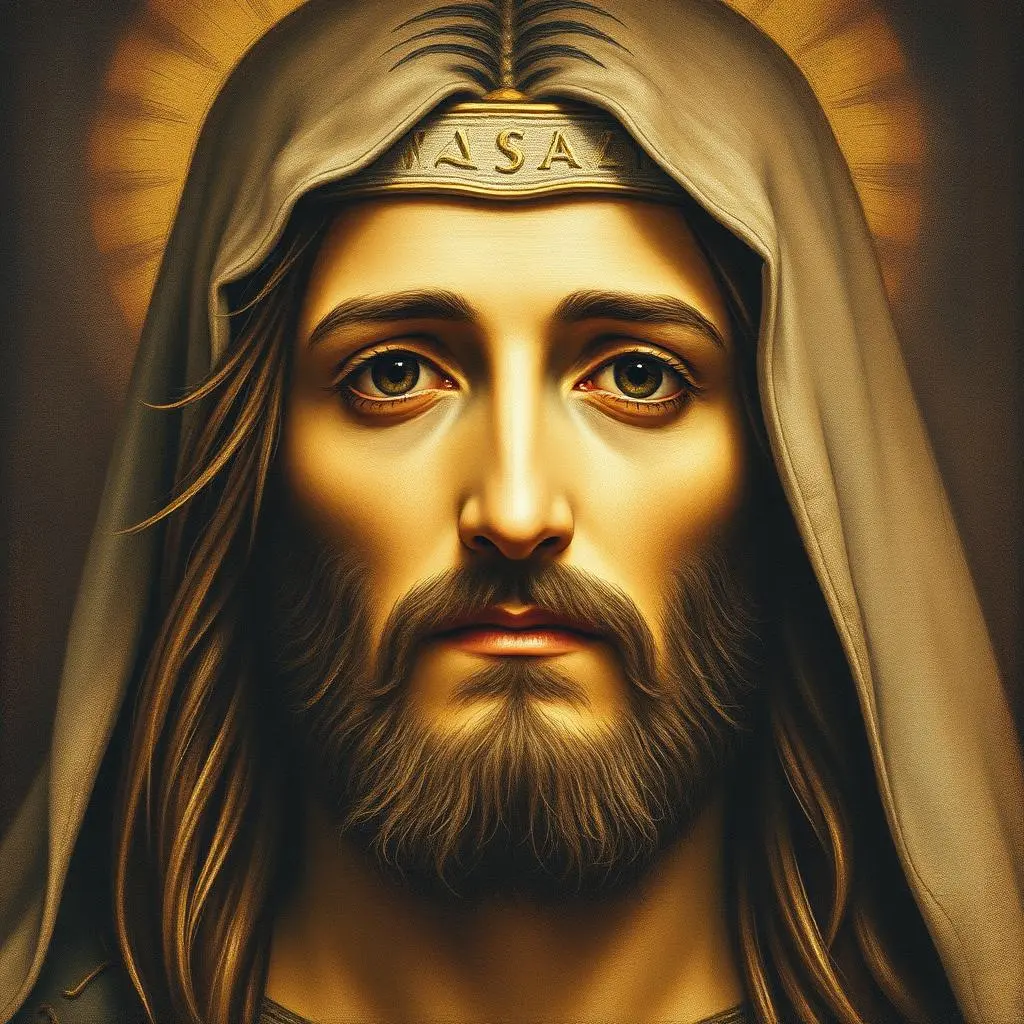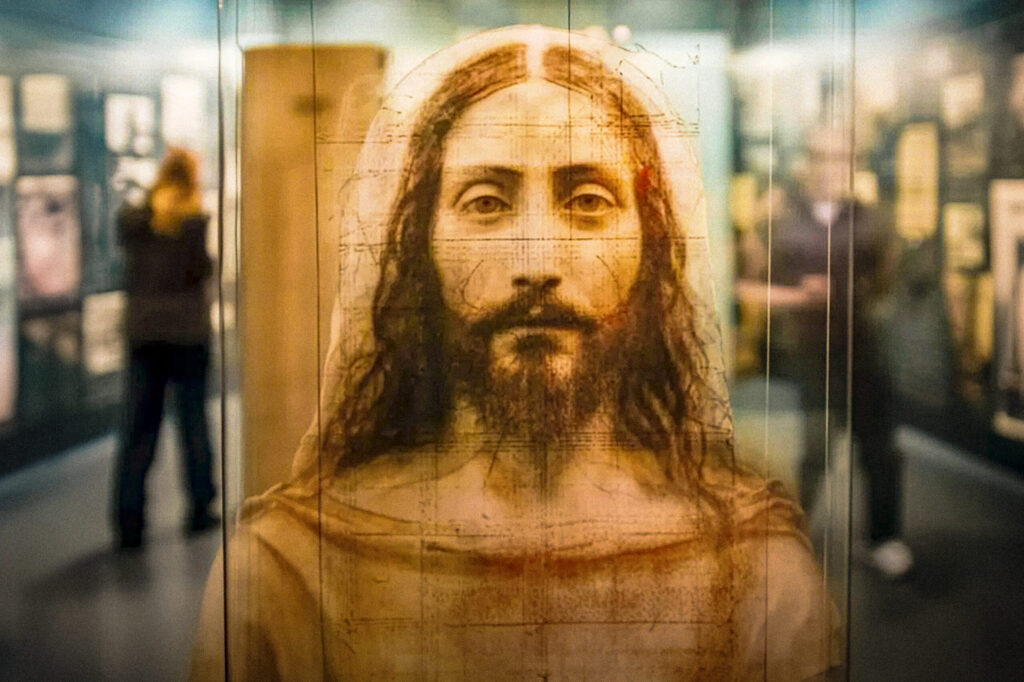Artificial intelligence has produced a facial reconstruction of Jesus Christ based on the Shroud of Turin, coinciding with new scientific research that suggests the controversial relic may indeed date back to the time of Christ.

The AI-generated image, created using the Gencraft tool, depicts Jesus with hazel eyes, a gentle complexion, a well-kept beard, clean eyebrows, and long brown hair past his shoulders. The image also shows signs of weariness under the eyes, consistent with descriptions from researchers who have studied the cloth.
This digital reconstruction comes as Italian scientists present new evidence suggesting the shroud may be approximately two thousand years old, aligning with the time Jesus is believed to have lived and died.
Dr. Liberato De Caro, lead author of the study conducted by the Institute of Crystallography of the National Research Council in Italy, employed advanced X-ray technology to examine the linen’s structure and cellulose patterns. The research team analyzed several small fabric samples, considering factors such as temperature and humidity in their ageing metrics.

“Our findings challenge the late twentieth-century carbon dating results that placed the shroud’s origin in the Middle Ages,” Dr. De Caro stated. “The previous study, which estimated the shroud was made between the thirteenth and fourteenth centuries, may have been unreliable due to limitations in the carbon dating technique.”
The Shroud of Turin, first publicly displayed in the mid-fourteenth century and preserved since the late sixteenth century in the royal chapel of the Cathedral of San Giovanni Battista in Turin, Italy, has been a subject of intense debate for centuries.
The cloth bears the faint image of a man with wounds consistent with crucifixion, leading some to believe it was used to wrap the body of Jesus Christ after his death.
Researchers who have studied the cloth report markings that resemble crucifixion wounds, including impressions of a thorny crown on the head, injuries to the arms and shoulders, and lacerations on the back.
These details align with the Biblical account of Jesus’ crucifixion, which describes him being whipped, forced to wear a crown of thorns, and made to carry his cross before his execution.

The new research has reignited interest in the shroud among both believers and skeptics. David Rolfe, an atheist filmmaker who once set out to prove the Shroud of Turin was a hoax, reportedly converted to Christianity during the production of a documentary about the relic.
“The complexity and depth of the evidence surrounding the shroud challenged my preconceptions,” Rolfe said. “It led me to reconsider not just the authenticity of the cloth, but my entire worldview.”
Despite the new findings, the debate over the shroud’s authenticity remains active in both scientific and religious communities. Critics argue that even if the cloth dates to the first century, it doesn’t necessarily prove it was used to wrap Jesus’ body.
Dr. Emma Thompson, a textile historian not involved in the study, cautioned against drawing definitive conclusions. “While this research is intriguing, we must remember that dating ancient textiles is incredibly complex. More peer-reviewed studies will be necessary to corroborate these findings.”
As research continues, the Shroud of Turin remains one of the most studied and controversial religious artifacts in history, sitting at the intersection of faith, science, and now, artificial intelligence.



